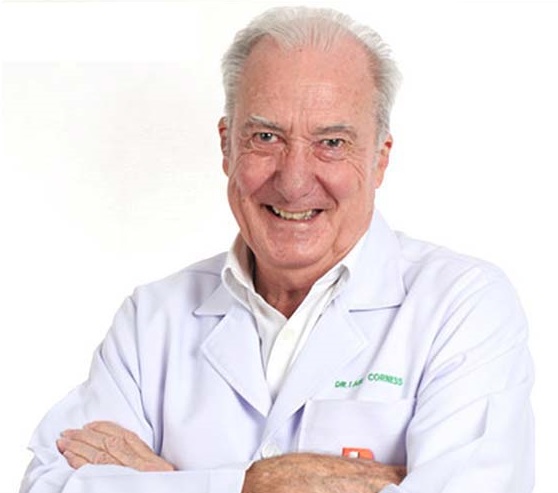

What is angioplasty? Coronary balloon angioplasty is an invasive method of opening blocked arteries that might stop blood flow to the heart, resulting in heart attack or death.
The medical name is percutaneous transluminal coronary angioplasty (PTCA): percutaneous means “through the skin,” transluminal means “inside the blood vessel,” coronary means “relating to the heart,” and angioplasty means “blood vessel repair.” Other techniques to relieve coronary narrowing, such as stents, are called percutaneous coronary interventions (PCI).
Angioplasty involves inserting and inflating a tiny balloon, which compresses some of the blocking plaque against the arterial wall. When the balloon is deflated and removed, the blockage (plaque) still remains compressed, clearing space in the artery and improving blood flow. More than 90 percent of all procedures are immediately successful.
Since angioplasty is a less invasive procedure than bypass surgery, it has less risk and a quicker recovery period than bypass. Candidates for angioplasty are chosen based on age, physical history, and severity of the blockage or damage.
Angioplasty was first performed in 1977, and more than 1 million procedures are done worldwide each year. Studies suggest that angioplasty patients are doing better today because doctors are better able to target blockages, and because patients are getting better medical treatment through new techniques and drug therapies. The success is due in part to the increased use of tiny wire mesh tubes called stents, which more cardiologists began using in the 1990s to help keep arteries open following angioplasty. About 70 to 90 percent of all angioplasty patients receive a stent, which is inserted permanently at the site of the blockage.
Studies show stents are better than angioplasty alone in preventing restenosis, which is one of the most common problems associated with angioplasty.
Although restenosis is not uncommon, it does not affect every patient, and the prognosis for many angioplasty patients is excellent. Studies have shown nearly identical survival rates for bypass and angioplasty patients over five years following the original procedure.
Your blocked arteries will be widened. First, a special dye is injected into the bloodstream. Then a thin catheter with a guideline is fed into your body through the femoral artery in your leg, near the groin, or an artery in your arm. Using X-rays that detect the flow of dye, the doctor feeds the catheter up to the heart, and into the blocked part of the coronary artery. The doctor then replaces the guide catheter with a balloon-tipped catheter. The balloon is inflated, and the plaque is compressed against the arterial wall.
When a stent is used, it is placed over a catheter and inserted after the artery has been cleared using balloon angioplasty. When the balloon is inflated, the stent expands and stays permanently in the artery.
The general consensus among patients is that angioplasty is a sometimes uncomfortable, but not painful, procedure. You may feel some twinges in your chest when the balloon is inflated, but once the blockage is compressed, the pain should disappear. You also may feel nauseous, feel your heart skip a beat, or have a headache during the procedure; these are all normal, brief side effects.
Let your doctor know whatever symptoms you are feeling during the procedure. You will have an IV line throughout the procedure, and can be given medicine as needed for pain or discomfort. You also may be given additional sedatives during the procedure so that you are able to remain motionless, but awake.
Following this procedure, you will need to see your doctor for an evaluation and possible stress test to measure how effectively the blockage was eliminated. You will be encouraged to exercise regularly and your doctor will want to see you several times a year to make sure no more blockages have occurred.
While some of the causes (age, gender, family history) of coronary artery disease are out of your control, there are lifestyle choices that often contribute to blockages. Some of these are obesity, smoking and physical inactivity. While these factors can contribute to your condition, they can be modified. Receiving appropriate treatment for other cardiovascular risk factors such as high blood pressure, diabetes, and high cholesterol can also reduce the likelihood of developing severe coronary blockages.
 |
 |
 |





